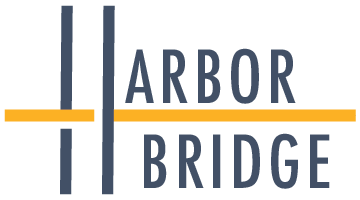How to Build a Company Culture by Aligning Values with Behaviors
“Culture equals values plus behavior, as my friend Lt. Gen. George Flynn, USMC (ret.) says. If an organization has a strong and clearly stated set of values and the people act in accordance with those values, then the culture will be strong. If, however, the values are ill-defined, constantly changing, or the people aren’t held accountable to or incentivized to uphold those values, then the culture will be weak. It’s no good putting “honesty” or “integrity” on the wall if we aren’t willing to confront people who consistently fail to uphold those values, regardless of their performance.”
― Bob Chapman
This principle holds true across all organizations and is especially critical in the growth and scaling phases of startups, where the alignment of values and behaviors can make or break the foundational culture.
In regards to the “Culture = Values + Behavior” formula, more often than not, organizations have only one side of the equation. On one end of the spectrum, some startups blast their mission statement and values every chance they get, yet don’t follow through in their actions. In this case, values purely become lip service. Clients and employees can see through the superficial act and this inauthenticity undermines trust and commitment. On the other hand, without a clear set of values, behaviors may develop haphazardly, leading to negative norms such as unproductive communication and unrealistic performance expectations that inadvertently become the default organizational "values."
This leads us to a common pitfall: the disconnect between proclaimed values and everyday actions.
For startups, it's particularly easy to fall into a pattern where values and behaviors are misaligned. The cause of this failure is that despite best intentions, after having defined their values, an organization does not go the extra step to use them to guide expectations. Without this process, culture develops "underground” and potentially in ways that counteract company goals. Expectations are unclear, leaders become frustrated, and the business suffers.
The ideal for any startup is to have a clear set of values and explicitly defined behaviors that embody these values. For instance, if a startup values collaboration, it should also articulate what effective collaboration looks like in practice. This might include behaviors such as open sharing of information, team-based problem solving, and regular feedback loops among team members.
Hitting this sweet spot means that startups can attract and retain top talent and ideal customers. Clearly articulated values and the behaviors that reinforce them draws in the right people, helps them integrate smoothly into the organization as well as increases retention, performance and overall job satisfaction. As a result, the entire business benefits.
A common challenge for startup leadership is how to translate their values into behaviors. To address this, companies can draw upon HR consultants to assess the current cultural state and create strategies for improvement. These consultants pinpoint what’s working, what's not, and help redefine and adopt behaviors that reinforce the intended values. HR consultancies are experts in identifying how to embed culture into operations, from recruitment and onboarding to performance management and leadership development.
For startup leaders who are deep in the immediate demands of running a business, partnering with an HR consultancy offers a strategic advantage. By establishing clear expectations that reflect the company’s values, organizational culture is not only defined but is in service to the business’ internal dynamics, market reputation and the bottom line.
By aligning values with behavior, startups can move beyond talking the talk—they can truly walk the walk.
Do you feel like your organization has a disconnect between values and behaviors? Let’s talk and see how Harborbridge can support you in building a company culture that serves your people and your business.
